Montenegro stamps year 2011 Art through centuries set
Montenegro, with its rich history and diverse cultural influences, has a remarkable artistic tradition that spans centuries. The art of Montenegro reflects its unique geographical position as a crossroads between East and West, incorporating influences from Byzantine, Venetian, Ottoman, and Slavic cultures. Below is an overview of Montenegro’s art history through the centuries:
Medieval Art (9th–15th Centuries):
- Byzantine Influence:
- Montenegro’s medieval art was heavily influenced by the Byzantine Empire, evident in the region’s frescoes, mosaics, and religious iconography.
- Fresco Painting: The monasteries of Montenegro, such as Ostrog Monastery and Moraca Monastery, house exquisite frescoes depicting biblical scenes and saints.
- Icons: Iconography flourished, with richly decorated icons serving as both religious objects and artistic masterpieces.
- Church Architecture:
- The medieval churches and monasteries, such as St. Tryphon’s Cathedral in Kotor (built in 1166), are outstanding examples of Romanesque and Byzantine architectural styles.
- These structures often feature intricate stone carvings and ornate decorations.
Renaissance and Baroque Period (15th–18th Centuries):
- Venetian Influence:
- During this period, Montenegro’s coastal regions, particularly Kotor, were under Venetian rule, which introduced Renaissance and Baroque artistic elements.
- Venetian-style palaces, fortifications, and churches became prominent in towns like Kotor, Perast, and Budva.
- Artistic Flourishing in Kotor:
- Kotor became a hub for painters, sculptors, and goldsmiths. Artists like Tripo Kokolja (1661–1713), a notable Baroque painter, emerged from this era.
- Kokolja’s works, such as the ceiling frescoes in Our Lady of the Rocks Church in Perast, depict religious themes with dramatic, dynamic compositions.
19th Century – Romanticism and National Revival:
- Romanticism:
- Montenegro’s art began to reflect themes of national pride and identity during its struggle for independence from the Ottoman Empire.
- Portraits, historical paintings, and scenes of Montenegrin life became popular subjects.
- Petar II Petrović Njegoš:
- The Montenegrin prince-bishop and poet is celebrated for his literary and philosophical contributions, which inspired many artists to depict themes from his works, such as “The Mountain Wreath.”
20th Century – Modernism and Contemporary Art:
- Avant-garde Movements:
- Montenegrin artists began to experiment with modernist styles, including Cubism, Expressionism, and Surrealism.
- Artists like Milo Milunović and Petar Lubarda gained international recognition for their bold use of color and abstraction, drawing inspiration from Montenegro’s rugged landscapes.
- Post-War Socialist Realism:
- After World War II, art in Montenegro often aligned with socialist themes, focusing on workers, peasants, and revolutionary history.
- Public monuments and murals commemorating the anti-fascist struggle became prominent.
- Contemporary Art Scene:
- Today, Montenegro boasts a vibrant contemporary art scene, with galleries and museums showcasing works by emerging and established artists.
- The Maritime Museum in Kotor, National Museum of Montenegro in Cetinje, and various galleries in Podgorica provide platforms for traditional and modern art.

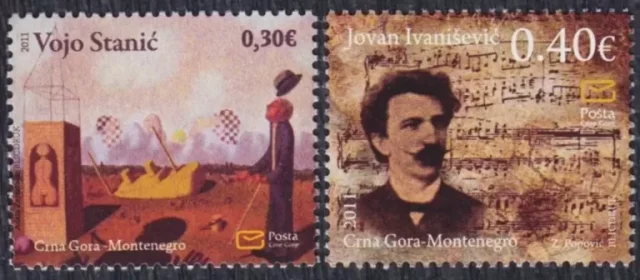
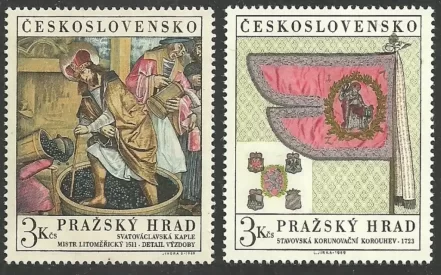
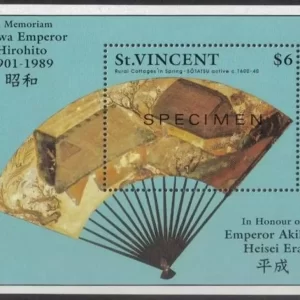
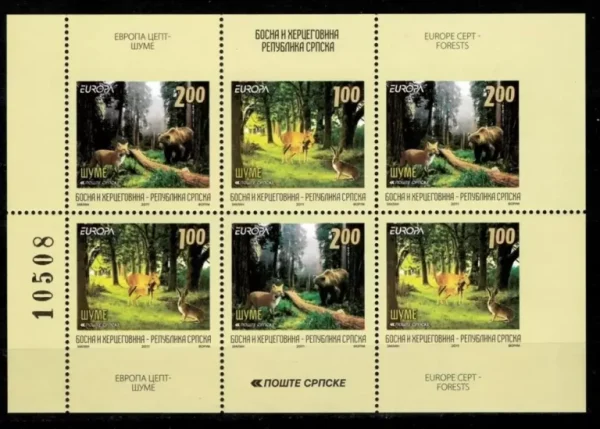

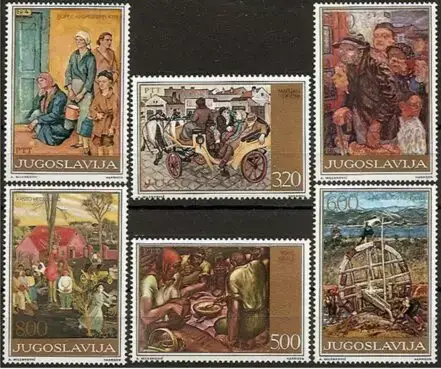

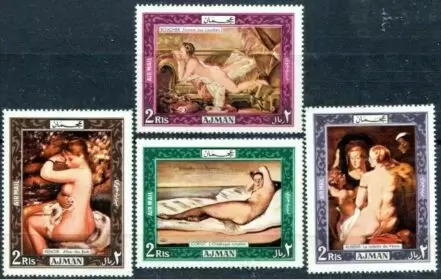
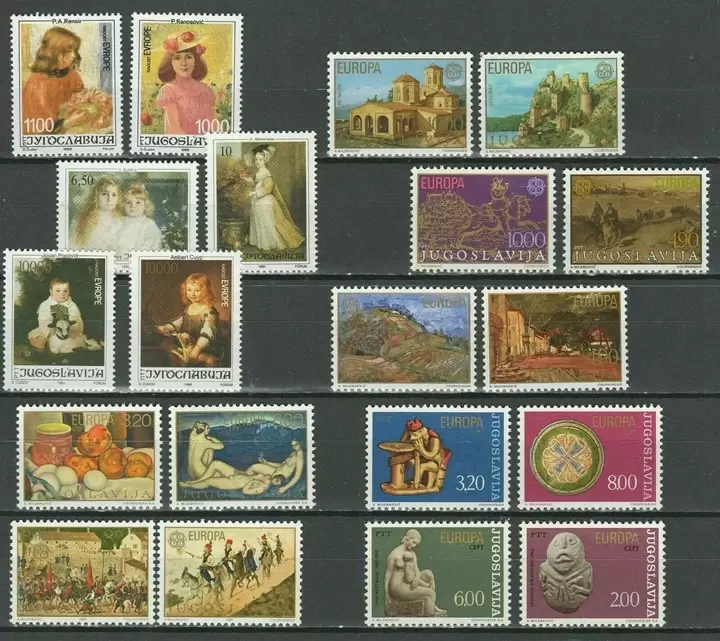
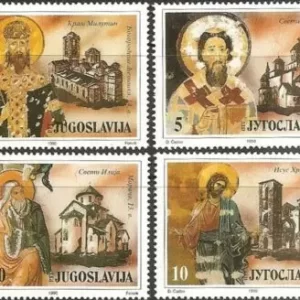
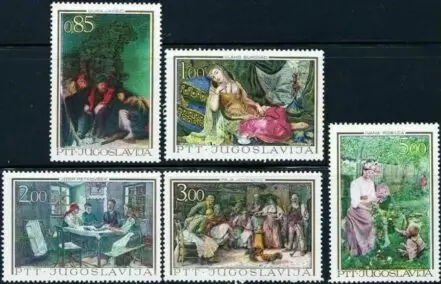
Reviews
There are no reviews yet.